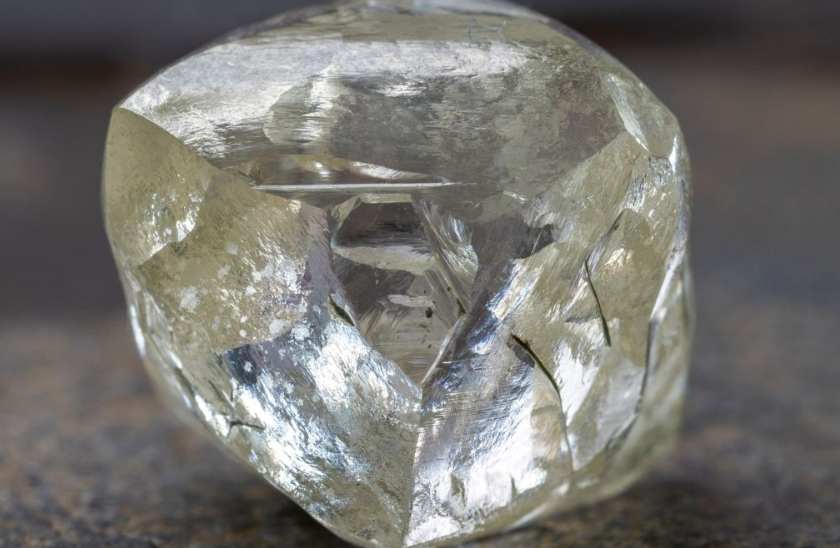Tomra’s XRT technology and Insight deliver big results at Mothae Diamonds


Global diamond producer Lucapa Diamonds owns 70% of Mothae Diamonds, an open pit mine located in the diamond-rich Maluti Mountains of Lesotho. The mine started commercial operation in 2019, and it is known to produce large, high-quality diamonds, and has had significant gem-quality recoveries including a 215 carat D-colour Type IIa, a 204 carat Type IIa, and rare pink, blue and yellow fancy-colored diamonds.
When planning the recovery plant, Mothae turned to Tomra Mining for a solution: “We wanted to recover large diamonds at the highest sorting efficiency with the highest throughput, and Tomra met Mothae’s requirements with its modern and innovative technology,” says Macobone Semelani, recovery superintendent.
The recovery plant operates two Tomra COM Tertiary XRT 1200 sorters: one for fines from 10 to 20 mm, and the other for coarse materials from 20 to 45 mm. They are installed in the recovery plant ahead of the secondary and tertiary crushers. The arrangement reduces the risk of breakages.
“Our throughput is high, with 98% efficiency guaranteed.” Semelani added. “We now benefit from the increased tonnage throughput following the increase in belt speed from 2.7 m/s to 3 m/s, and we have the lowest production cost compared to the conventional and legacy methods.”
The two Tomra XRT sorters at Mothae are connected to the Tomra Insight cloud-based data platform that turns the machines into connected devices that generate valuable data and puts operators in control of the sorting process. They also feature the Tomra ACT user interface, which facilitates the optimization of the workflow and improves productivity.
“Tomra Insight has changed the way we are running our production because we can monitor our sorters remotely and we can access reports from both machines in one interface,” says recovery mechanician Kothalo Matoli. “All the alarms and events are logged on the sorter in real-time, enabling me to troubleshoot very fast. My troubleshooting skill has improved a lot.”
Tomra Insight also stores and backs up all the data generated by the sorters so that the operator can analyze the complete history of each machine. Operators have access to the digital data anywhere, any time.
“I have at my fingertips the learnings about my sorters, their operation and maintenance,” Matoli said. “We can see the belt occupancy and our ejection rate and understand if a machine is over-ejecting due to foreign objects in the material, for example. The utilization of the sorters has improved, enabling us to process more tonnes and recover more carats.”
Find more information about Tomra’s ore sorting capabilities on the company website.
Comments
Gift
Interesting in your xrt technology